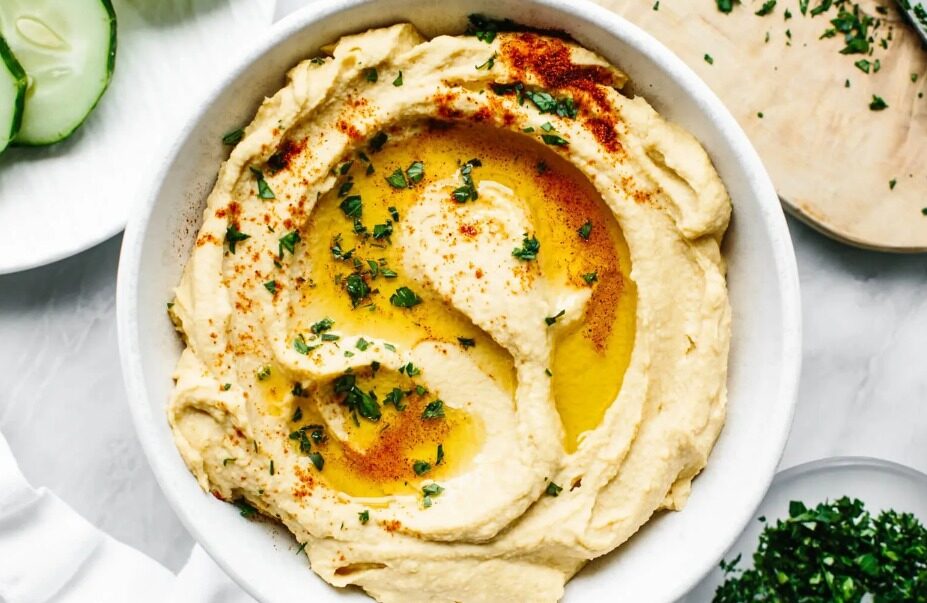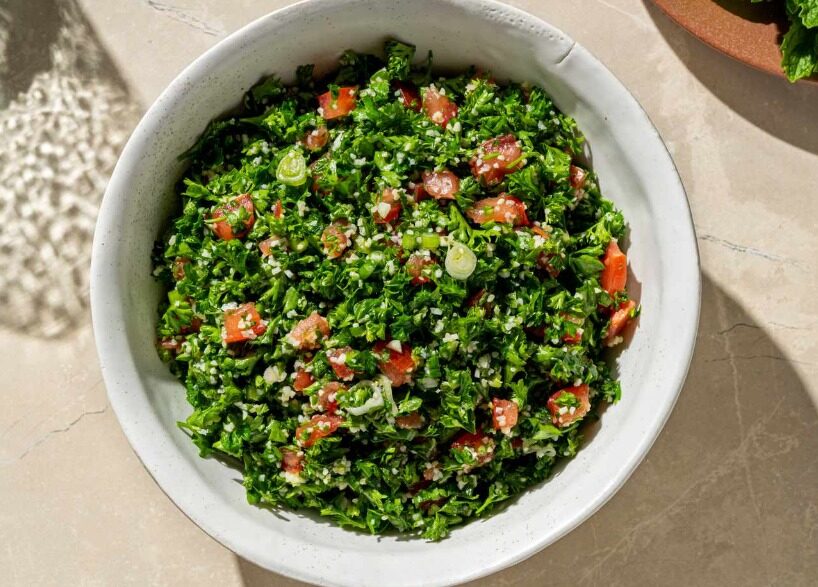Unveiling Zohan’s Favorite Food: A Taste of Adventure from the Silver Screen
Dive into the humorous and flavorful world of Zohan’s favorite food, the larger-than-life hairstylist and former agent. From hummus-infused delights to unexpected treats, explore the eclectic tastes that define Zohan’s palate. Perfect for fans of the film and foodies with a sense of adventure, eager to experience the culinary preferences of one of comedy’s most beloved characters. Join us for a taste of Zohan’s favorite foods!
Introduction
In the heart of the comedic saga “You Don’t Mess with the Zohan,” lies Zohan’s unyielding passion for food, which is as integral to his character as his superhuman hairstyling skills. Amidst the flamboyant displays of physical prowess and eccentric personality traits, Zohan’s culinary preferences emerge as a defining aspect of his identity, offering a window into his heritage and the comforts of home he seeks in a foreign land.
Zohan’s Character and His Love for Food
Zohan, portrayed with boundless energy by Adam Sandler, is a character of contrasts; a skilled counter-terrorist who dreams of becoming a hairstylist in New York. His love for food, particularly hummus, transcends mere taste preference, embodying a connection to his roots and a universal language of comfort and nostalgia. Food for Zohan is not just sustenance but an expression of cultural identity, a piece of home he carries with him, blending it humorously into his new life in the bustling city of New York.

Why Hummus Stands Out?: Zohan’s Favorite Food
Among the myriad of Middle Eastern delicacies, hummus holds a special place in Zohan’s heart. This simple yet rich blend of chickpeas, tahini, olive oil, lemon juice, and garlic represents more than just a culinary delight; it stands as a symbol of home, tradition, and unity. Zohan’s extravagant use of hummus, applying it in scenarios unimaginable to the average person, elevates the dish from a mere appetizer to a cultural icon. It’s his go-to remedy, a source of comfort, and a culinary companion that no doubt stands out in the tapestry of Zohan’s life and the narrative of the film.
The Cultural Significance of Hummus
Hummus, a dish as ancient as it is beloved, carries with it centuries of history and tradition. Its origins, while debated, are deeply rooted in the Middle East, making it a staple in the diets and cultures of the region. Over time, hummus has transcended its humble beginnings to become a global phenomenon, celebrated for its versatility, flavor, and health benefits.
Origins and Variations
Tracing the lineage of hummus leads to a rich narrative of culinary evolution and cultural exchange. Believed to have ancient Egyptian origins, hummus has been embraced by numerous cultures across the Middle East, each adding its unique twist to the classic recipe. From the addition of spices like cumin and paprika to variations that incorporate ingredients like red peppers or beetroot, hummus has been reinvented countless times over, reflecting the diversity and creativity of the cultures that cherish it.
Hummus in Modern Cuisine
Today, hummus finds itself at the heart of a global culinary movement, celebrated not only in traditional settings but as a versatile component of modern, fusion dishes. It serves as a dip, a spread, a culinary base for flavorful creations, and even as inspiration for innovative dishes in high-end restaurants around the world. This adaptability has cemented hummus’s place in contemporary cuisine, making it a beloved dish among food enthusiasts and chefs alike.
The Nutritional Profile of Hummus
Beyond its cultural and culinary significance, hummus boasts a nutritional profile that makes it a favored choice among health-conscious individuals. Rich in protein, fiber, and healthy fats, hummus supports a balanced diet, contributing to various health benefits.
Key Ingredients and Health Benefits
The primary ingredients in hummus—chickpeas, tahini (sesame seed paste), olive oil, lemon juice, and garlic—each bring their own set of nutritional benefits. Chickpeas are a great source of protein and fiber, aiding in digestion and promoting satiety. Tahini is rich in healthy fats and antioxidants, olive oil contributes heart-healthy monounsaturated fats, lemon juice offers vitamin C, and garlic provides a host of beneficial compounds with potential anti-inflammatory properties. Together, these ingredients make hummus a powerhouse of nutrition.
Incorporating Hummus into Your Diet
Incorporating hummus into your diet is both simple and beneficial. It can serve as a healthy alternative to mayonnaise or cream-based dips, a protein-packed addition to meals, and a flavorful topping for salads or grain bowls. Its versatility makes it easy to enjoy the health benefits of hummus in a variety of delicious ways, from traditional recipes to innovative culinary creations inspired by the likes of Zohan.
Making Hummus Zohan-Style
In the heart of every comedic tale lies a kernel of truth, and in “You Don’t Mess with the Zohan,” it’s the unbridled love for hummus that captures our imagination. Creating hummus Zohan-style means embracing both tradition and innovation, much like the character himself.
Ingredients You’ll Need
To embark on this culinary adventure, you’ll need:
- 1 can (15 oz) of chickpeas, drained and rinsed
- 1/2 cup tahini (sesame paste)
- 2 tablespoons extra virgin olive oil
- 2 cloves garlic, minced
- Juice of 1 lemon
- Salt to taste
- 1 teaspoon ground cumin (optional)
- Water, as needed for desired consistency
- For the Zohan twist: a dash of creativity, be it a spoonful of your favorite hot sauce, a sprinkle of za’atar, or even a dollop of yogurt for creaminess.
Step-by-Step Guide
- Prepare the Chickpeas: If using dried chickpeas, soak them overnight, then cook until tender. Alternatively, drain and rinse canned chickpeas.
- Blend the Ingredients: In a food processor or blender, combine the chickpeas, tahini, olive oil, lemon juice, garlic cloves, and a pinch of salt. Blend until smooth and creamy, adjusting the consistency with water if necessary.
- Season to Taste: Taste the hummus and adjust the seasoning as needed. Add more salt, lemon juice, or garlic to suit your preferences.
- Add Optional Ingredients: For a Zohan-inspired twist, consider adding a sprinkle of paprika, a dash of cumin, or other spices to enhance the flavor profile of your hummus.
- Serve and Enjoy: Transfer the hummus to a serving bowl and drizzle with a generous swirl of olive oil. Garnish with a sprinkle of paprika or fresh herbs for an extra touch of flavor. Serve with pita bread, crudites, or your favorite dipping accompaniments.
Experiment with different ingredient ratios and flavor combinations to create your own signature Zohan-style hummus that reflects your culinary creativity and personal taste preferences.
Beyond Hummus: Other Favorites of Zohan
Zohan’s culinary adventure doesn’t end with hummus. His Middle Eastern heritage is a treasure trove of flavors and dishes waiting to be explored.
A Dive into Middle Eastern Cuisine
Middle Eastern cuisine is characterized by its vibrant flavors, diverse ingredients, and rich history. From the savory spices of shawarma to the refreshing taste of tabbouleh, each dish offers a glimpse into the region’s culinary culture.
Recipes to Try at Home
- Shawarma: While traditionally roasted on a spit, a home-friendly version can be made by marinating chicken or beef in a mix of Middle Eastern spices and roasting in the oven.
- Tabbouleh: This refreshing salad combines parsley, mint, tomatoes, and bulgur wheat, dressed with lemon juice and olive oil.
- Baklava: A sweet treat made with layers of filo pastry, nuts, and honey, baklava is a testament to the region’s mastery of desserts.

Hummus Around the World
Hummus‘s journey from its humble origins in the Middle East to its widespread popularity across the globe is a testament to its universal appeal and adaptability.
Variations and Global Adoption
While traditional hummus remains a beloved staple, it has inspired countless variations and adaptations to suit diverse palates and culinary preferences. From spicy red pepper hummus to tangy lemon and herb hummus, the possibilities are endless.
The Fusion Cuisine Movement
In the era of fusion cuisine, hummus has found its way into innovative dishes that blend cultural influences and culinary techniques from around the world. Whether it’s hummus-stuffed sushi rolls or hummus-topped pizzas, chefs are constantly pushing the boundaries of creativity to create new and exciting flavor combinations.
The Legacy of “You Don’t Mess with the Zohan”
Beyond its comedic value, “You Don’t Mess with the Zohan” has left a lasting impact on cultural perceptions of Middle Eastern cuisine and the role of food in bridging cultural divides.
Impact on Cultural Perceptions
The film’s portrayal of Zohan’s love for hummus and other Middle Eastern delicacies has helped to humanize and demystify the cuisine for audiences around the world, fostering greater appreciation and understanding of its cultural significance.
Hummus as a Symbol in the Film
Hummus serves as more than just a recurring gag in the film; it becomes a symbol of Zohan’s connection to his roots, his resilience in the face of adversity, and his ability to find joy and comfort in the simple pleasures of life.
FAQ’s
What is hummus traditionally made of?
Hummus is traditionally made of cooked chickpeas, tahini (sesame seed paste), olive oil, lemon juice, garlic, and salt, blended to a creamy consistency.
Can hummus be considered a meal?
While hummus is often served as a dip or spread, it can also be enjoyed as a meal when paired with vegetables, pita bread, or as part of a larger Middle Eastern-inspired dish, thanks to its protein and fiber content.
How has Zohan influenced hummus consumption?
Zohan’s exaggerated love for hummus in “You Don’t Mess with the Zohan” has brought humor and attention to the dish, potentially increasing its popularity and inspiring people to incorporate it into their diets in more creative ways.
Are there any health risks associated with hummus?
Generally, hummus is a nutritious food, but consuming it in excessive amounts may lead to calorie overload due to its high fat content from ingredients like tahini and olive oil. Additionally, individuals with allergies to chickpeas or sesame seeds should exercise caution.
How can I make my hummus as unique as Zohan’s?
To make your hummus unique like Zohan’s, experiment with unconventional flavor combinations, such as adding roasted red peppers, sun-dried tomatoes, or fresh herbs. Get creative with your toppings and presentation to infuse your hummus with personality and flair.
Conclusion
Zohan’s gastronomic legacy extends far beyond his affinity for hummus; it embodies a celebration of cultural heritage, culinary creativity, and the universal language of food. In addition to satisfying our taste buds, we will also foster a stronger sense of cultural appreciation in our communities by exploring the rich tapestry of Middle Eastern cuisine and embracing Zohan’s culinary preferences.







